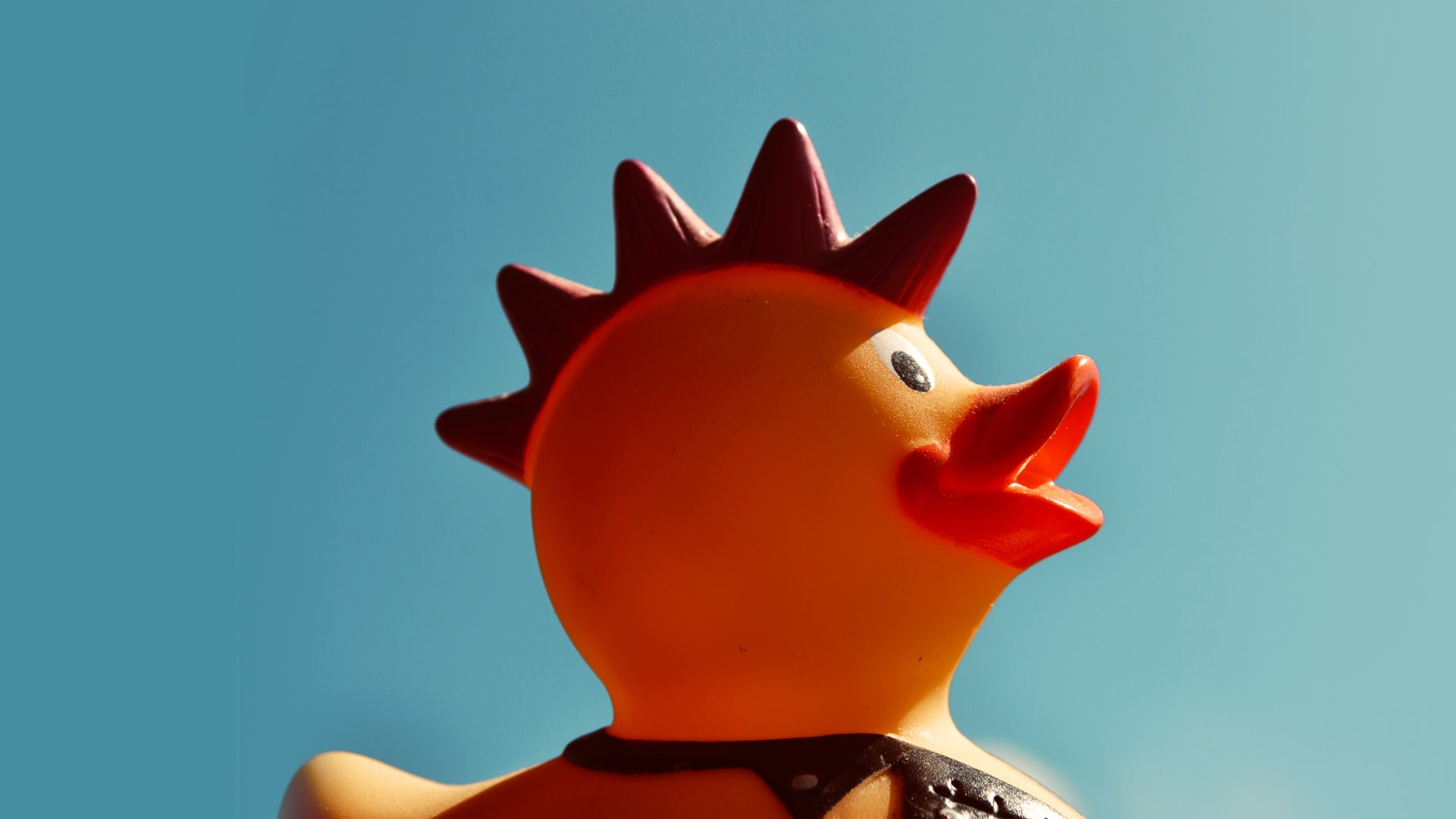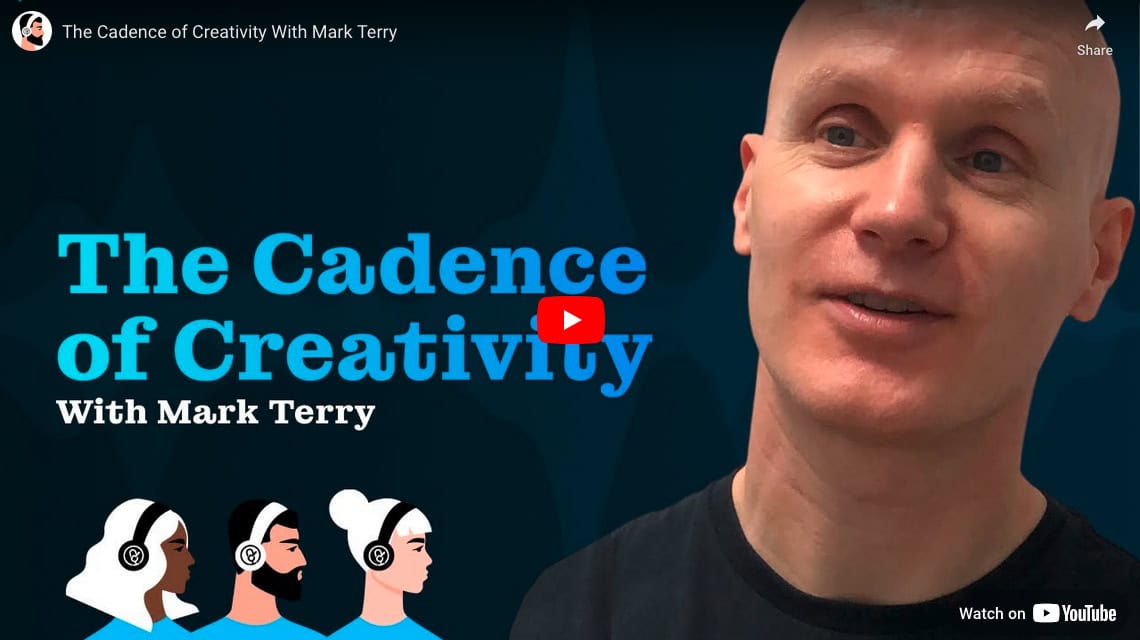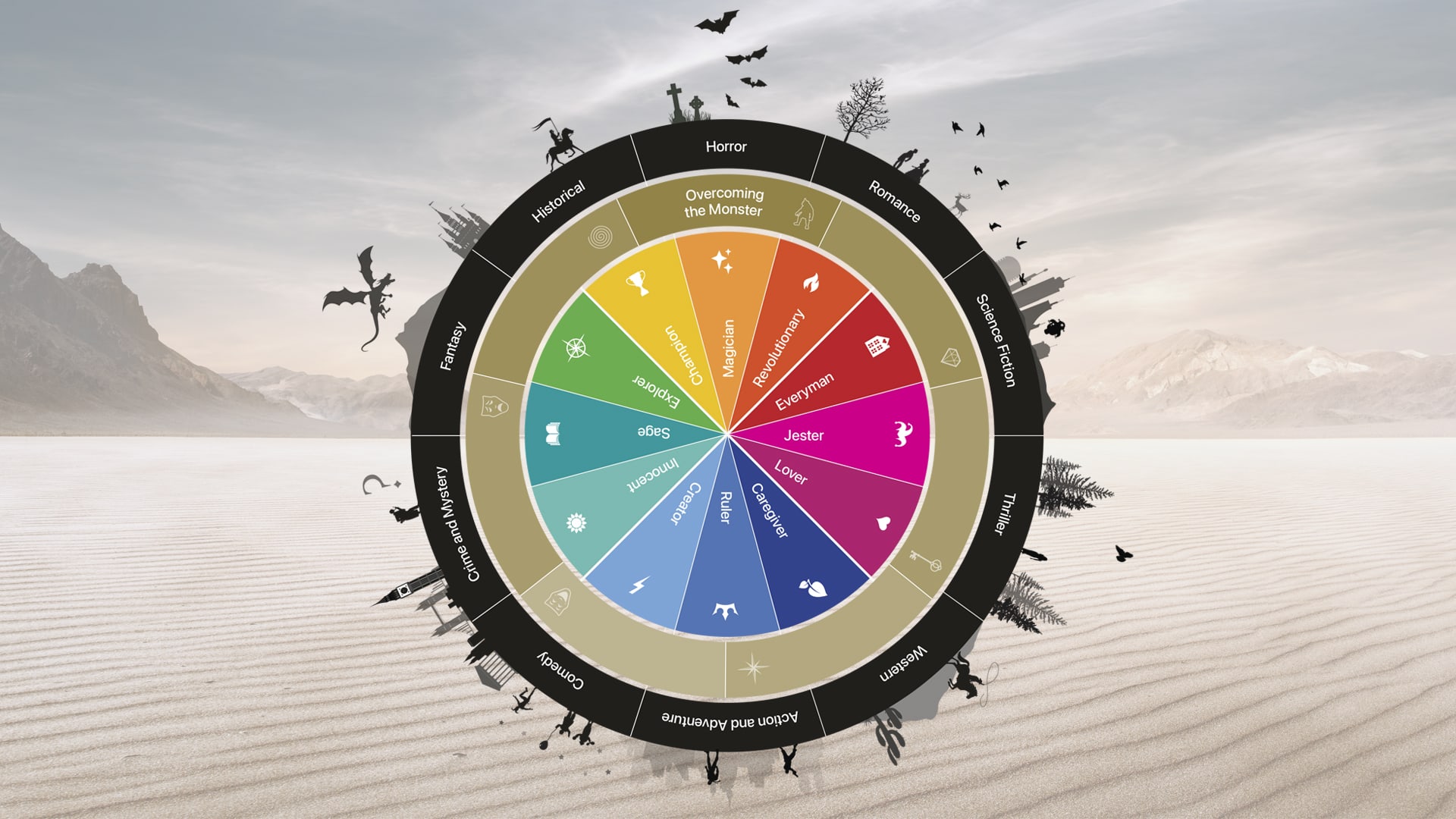Be inspired by heroes of change

While most of us are glad to see the back of the last year, the tumultuous year that was 2020 did give rise to some real heroes of change in the business and branding world.
Like many, we’ve been closely monitoring the impact of the C-19 situation on businesses and brands and the ways in which they are responding. For this is what will define (or position) them on the other side of this.
Examples of businesses that ‘think creative’
Some brands, mainly those that are already in the business of helping people with the day to day, have continued to work their core brand values and now even more pertinent messaging. Just think of Tesco’s enduring ‘Every little helps’ and L’Oreal’s slightly tweaked message for the C-19 era of ‘Now, more than ever, we’re all worth it!’.
Of course, there are those brands that have seemingly evaded the C-19 bullet altogether in their campaigns. This has allowed others that have addressed it to show real ownership, leadership and relevance. Love it or loathe it, even Tesco’s Christmas campaign dared to tackle the C-19 spectre at the festive feast. By challenging the notion of Santa’s ‘naughty list’ to promote the idea of forgiveness, or cutting ourselves some slack, and rewarding ourselves with a few treats at the end of what has been a tough year, Tesco again managed to underscore the relevance of its core message of ‘Every little helps’.
/
We all have the opportunity to come up with ideas that are truly, positively disruptive and game-changing, whether that’s on a small or large scale.
The creativity of some brands over the past year goes well beyond their communications, though. Just think about those that diverted their production lines to help meet the demand for products that came to the fore as being everyday essentials – for instance, hand sanitiser (think multinational brewer Brewdog), protective gowns (think luxury fashion brand Louis Vuitton) and medical mask ‘ear savers’ for key workers (think sex toy producer CMG leisure). Granted these companies already used the right raw ingredients in their products, making this sort of diversion of resources possible, but they still had to have the imagination and foresight to turn a threat into an opportunity.
Adjust, adapt, step outside
What unites all of these businesses is their ability to adjust, to adapt, to step outside their usual sphere and think laterally or, as we prefer to describe it, to ‘think creative’. You’ve probably heard us mention it before, but, we particularly like the term ‘think creative’. For us, to ‘think creative’ is about seeing and thinking about things differently, being able to circumnavigate a problem to come up with the most effective angle, approach or solution. It also implies action or proactivity, the presence of consciousness and critical reasoning.
To ‘be creative’, on the other hand, implies something more one-dimensional, a current state of existence that you aren’t really conscious of or necessarily engaged with. Consequently, you are less likely to see how to step outside of this framework, to question it, to suspend it in order to take on and test other perspectives and evolve your ideas. It’s the ability to ‘think creative’, which shouldn’t be confused with being different for difference’s sake, that sets businesses apart.
There is definitely a lot to learn from what other businesses are doing, and not only those in the same sector. In fact, some of the best ideas come from looking outside the walls of your own sector cell and beyond to the cells of others.
While working as a head creative in-house for a world-leading market research company it was commonplace for my colleagues and I to look at trends in one sector and to take learnings from this for another. How do confectionary retailers market a new product? What learnings are there for how financial services could market their products? Not necessarily this, but that type of thing and cross-pollination of ideas can lead to new innovations.
Again, like a great many things, this cross-fertilisation of ideas from different industries or disciplines isn’t new. You may be familiar with the Medici Effect? It’s to do with the idea that ‘breakthrough insights occur at the intersection of ideas, concepts and cultures’*. The term ‘Medici Effect’ being named after the 14th century Italian family of Florence bankers who funded the revival of learning, rationality and the arts, and almost single-handedly fuelled the Renaissance.
It’s at such crossroads in time, like the one in which we find ourselves currently, that we are spurred on to look beyond our usual field of vision and really ‘think creative’. This is our opportunity to come up with ideas that are truly, positively disruptive and game-changing, whether that’s on a small or large scale.
If you have a B2B brand challenge we can help you ‘think creative’ about, get in touch for a free 20-minute Zoom consultation. Email thinkcreative@neoposition.com to get in touch.
The magicʼs in what we do together
We will be your partner for inspiring content, data visualisations and brand design. Add our independent thinking to your capabilities for alchemy that delivers creative gold – from concept creation and ideation through to execution and delivery.
We’ll work closely with you to create the kind of chemistry that makes you shine.
Let’s start the alchemy








